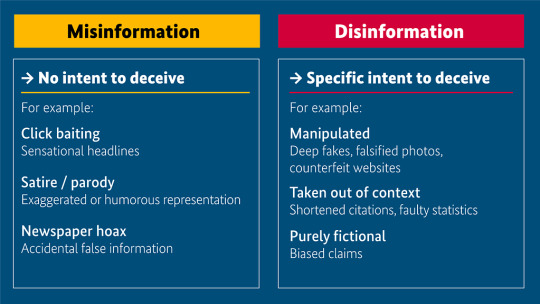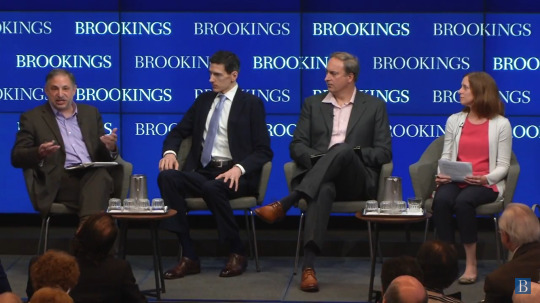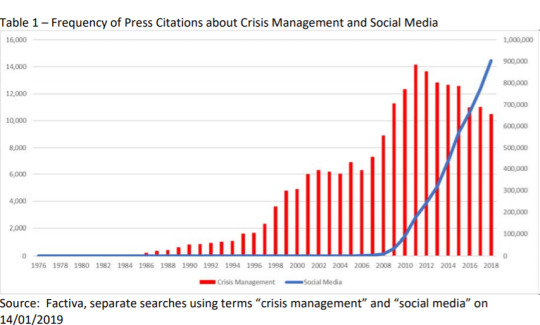Don't wanna be here? Send us removal request.
Text
Understanding Misinformation in Today's Media

In our fast-paced digital world, misinformation is everywhere. It’s super important to know what’s true and what’s not. Here, we’ll explore how misinformation spreads, the impact it has, and what we can do about it.

What Is Misinformation? Misinformation is false or misleading info shared without harmful intent. Disinformation, on the other hand, is false info shared with the intent to deceive. Knowing these differences is crucial because it helps us navigate the confusing media landscape. Misinformation affects how we communicate by creating confusion and mistrust, making it harder for people to agree on important issues.
How Misinformation Spreads Misinformation often spreads through social media, driven by algorithms that prioritize engagement over accuracy. For example, platforms like Facebook and TikTok use recommendation algorithms that show you content based on what you interact with. This can amplify sensational or misleading posts because they get more clicks and likes. A video from the Australian Institute of International Affairs explains how this leads to echo chambers, where users only see information that matches their beliefs. This makes it tougher to think critically and consider different perspectives.


Real-World Examples of Misinformation One clear example is the altered video of Dr. Willie Ong, which made false claims about a non-FDA-approved supplement using his likeness. This kind of misrepresentation can lead people to trust unsafe products, putting their health at risk. Another example is the fake broadcast showing Russian President Putin resigning, which was actually a manipulated video. Both instances show how misinformation can create confusion and panic, leading people to act on false information.

Consequences of Misinformation The Brookings Institution highlights that misinformation can have serious consequences for democracy, like manipulating voters and eroding trust in institutions. With digital platforms, misinformation spreads faster than ever, making it harder for people to tell fact from fiction. This isn’t just a modern problem; misinformation has existed throughout history, but it’s become more dangerous with technology. For instance, during the COVID-19 pandemic, false information about vaccines made many people hesitant to get vaccinated, which had real-world impacts on public health.

Combating Misinformation So, how can we fight back against misinformation? Here are some simple ways: Fact-Checking: Organizations that check stories for accuracy help us trust the info we consume. Education: Teaching people how to spot fake news helps them think critically about what they read online. Platform Responsibility: Social media companies should take action to limit the spread of false information or at least label it when they find it. Community Efforts: Encouraging conversations and sharing reliable sources keeps everyone informed and engaged.

The Role of Social Media Algorithms Recent research shows that social media algorithms amplify our natural biases. They push information that aligns with our beliefs, making it easy to fall into echo chambers. Users need to understand how these algorithms work, and tech companies should consider changing them to create healthier online spaces. This way, we can be exposed to a wider range of views and information.
Conclusion In conclusion, misinformation is a significant issue that impacts all of us. By understanding how it spreads and taking steps to combat it, we can create a more informed society. Always question what you see online and strive to share accurate information. Misinformation isn’t just a personal problem. It affects everyone, It spreads quickly on social media, often thanks to algorithms that prioritize engagement over truth. To tackle this issue, we need to be smart about the information we consume. Fact-checking, education, and awareness are key.
Social media companies should also take action to limit the spread of false information. Together, we can work toward a better-informed society by questioning what we see and sharing reliable sources. Staying alert and proactive is our best way to combat misinformation and ensure we’re all getting the truth.
2 notes
·
View notes